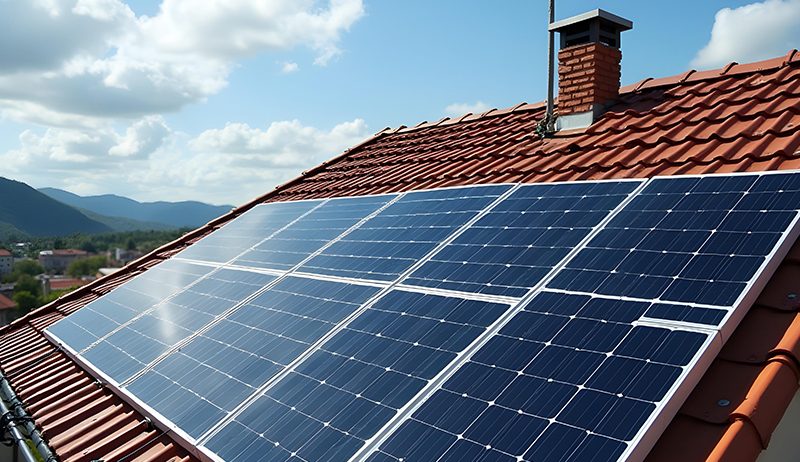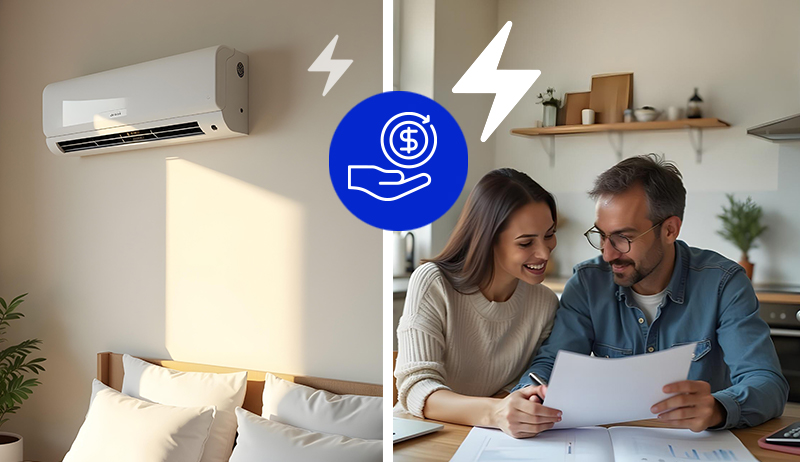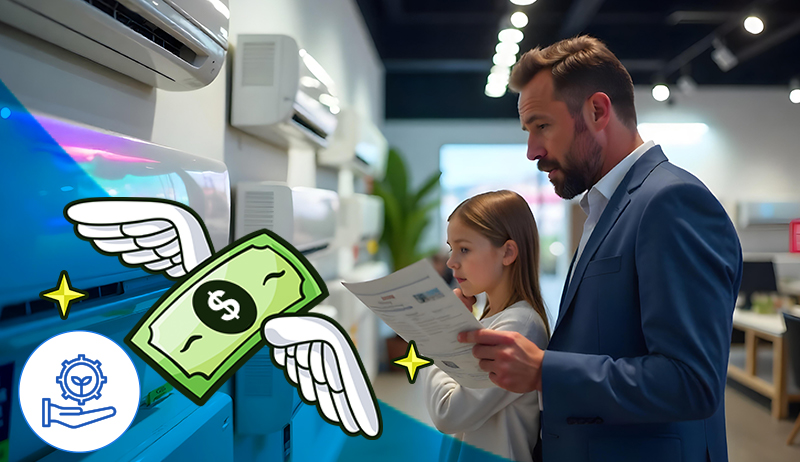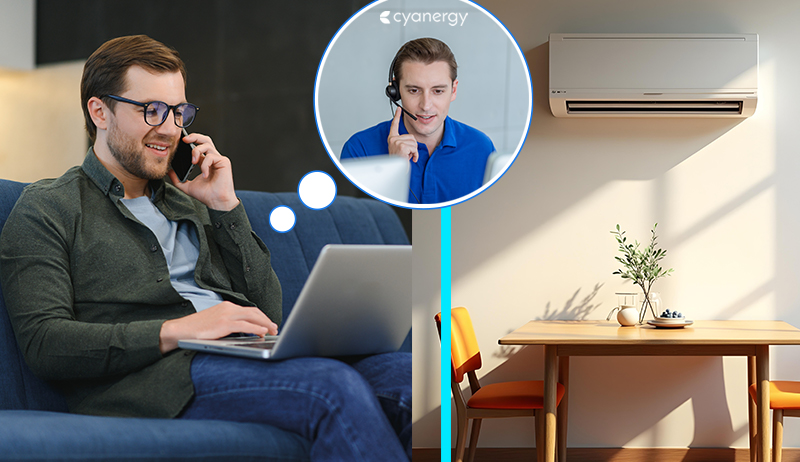The post Best Place To Put Your Solar Panels In Australia appeared first on Cyanergy.
https://cyanergy.com.au/blog/best-place-to-put-your-solar-panels-in-australia/
Renewable Energy
Air Conditioning Maintenance Tips to Keep Your System VEU‑Efficient
Renewable Energy
What Some Amazing People Have Done with Their Wealth
Renewable Energy
Undersea Cabling
Many of us boomers grew up in the 1960s and can remember to our astonishment that the reason we could pick up our phone and call someone in Paris was the transAtlantic cable. Speaking for myself, it blew my mind that the technology of the day enabled us to navigate a boat across an ocean and spool out 4000 miles of thick wire (with even thicker insulation around it) from the East Coast of the United States to the shores of Europe.
As if that weren’t enough, there are similar cables that went back to the age of telegraphy in the mid-19th Century. On July 13, 1866 the cable laying ship Great Eastern sailed out of Valentia Island, Ireland and on July 27 landed at Heart’s Content in Newfoundland, completing the first lasting connection across the Atlantic. It was active until 1965.
I considered myself cool when I strung two cans connected by a string from my bedroom to my best friend’s in our neighbor’s house in 1961 or ’62. See photo below. My room: house on the left, second floor.
This may be a long way of saying that the graphic at left is total bulls***. The distance is 2700 miles, and the idea of transmitting energy for no reason is stupid beyond words.

-
Climate Change2 years ago
Spanish-language misinformation on renewable energy spreads online, report shows
-
Climate Change3 months ago
Guest post: Why China is still building new coal – and when it might stop
-
Climate Change Videos2 years ago
The toxic gas flares fuelling Nigeria’s climate change – BBC News
-

 Greenhouse Gases1 year ago
Greenhouse Gases1 year ago嘉宾来稿:满足中国增长的用电需求 光伏加储能“比新建煤电更实惠”
-
Greenhouse Gases3 months ago
Guest post: Why China is still building new coal – and when it might stop
-

 Climate Change1 year ago
Climate Change1 year ago嘉宾来稿:满足中国增长的用电需求 光伏加储能“比新建煤电更实惠”
-

 Carbon Footprint2 years ago
Carbon Footprint2 years agoUS SEC’s Climate Disclosure Rules Spur Renewed Interest in Carbon Credits
-
Renewable Energy4 months ago
US Grid Strain, Possible Allete Sale




 VRF Multi-Head Split System price starts from $1,999 (fully installed)
VRF Multi-Head Split System price starts from $1,999 (fully installed)

